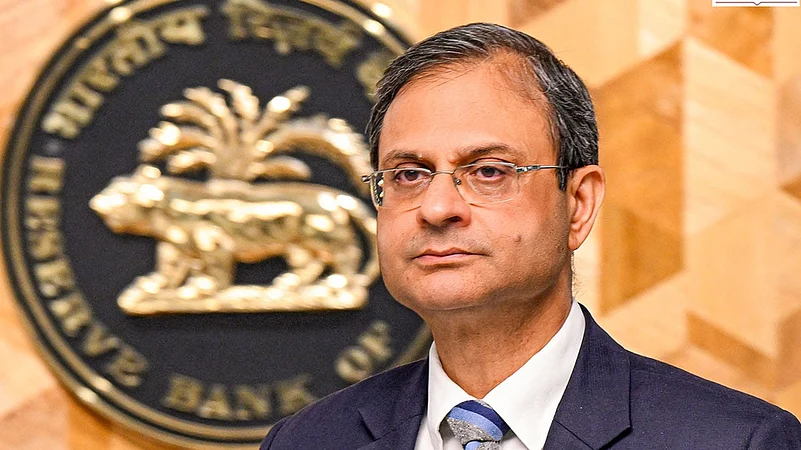
Summary of this article
Bank credit growth slows but remains above long-term average.
Banks and NBFCs show strong capital and asset quality.
Corporates shift to bonds and internal funds for financing.
Reserve Bank of India (RBI) has stated that the financial position of banks and non-banking financial institutions (NBFCs) continues to be robust despite the slowdown in credit growth during the previous financial year. In its recent monetary policy statement published on August 6, 2025, RBI emphasised that although bank credit expanded with a slower growth rate than in the past year, major financial parameters like capital adequacy, asset quality, and liquidity are solid.
Scheduled Commercial Banks (SCBs) registered a credit expansion of 12.1 per cent in 2024-25 from 16.3 per cent in 2023-24. Although moderation, RBI pointed out that this expansion was still above the 10-year average of 10.3 per cent prior to 2024-25. Notably, asset quality has enhanced with the gross non-performing asset (GNPA) ratio declining to 2.24 per cent in June 2025 from 2.67 per cent in the previous year.
The risk-weighted assets to capital ratio (CRAR) was 17.44 per cent well above the minimum regulatory requirement, reflecting that banks are well capitalised. The liquidity buffers were also robust with the liquidity coverage ratio (LCR) at 132.80 per cent. The profitability metrics of return on assets (RoA) and return on equity (RoE) were at 1.34 per cent and 12.70 per cent, respectively, reflecting that banks are still running efficiently.
NBFCs Demonstrate Equally Strong Performance in Key Indicators
NBFCs also reflected a sound financial health. Their aggregate CRAR was 25.78 per cent in June 2025, and the GNPA ratio came down to 2.21 per cent from 2.47 per cent during the previous year. The net NPA ratio also decreased, while their profitability also stabilised, although at a marginally lower level than for the previous year.
RBI credited the robust standing of banks and NBFCs to effective regulation and better credit discipline in the system. In spite of a slackening of bank credit flow, NBFCs and other non-banking sources ensured the overall flow of funds to the commercial sector.
Corporates Use Bonds and Internal Resources
RBI went on to explain that numerous big corporates are resorting more and more to non-banking funding sources like commercial paper and corporate bonds. With India's bond market in good shape and policy transmission strengthening in money markets, corporates are being able to raise funds more conveniently outside the conventional banking system.
Between 2023-24 and 2024-25, the resource flow from the non-bank segment increased by rs 4.3 lakh crore. The growth more than compensated for the Rs 3.4 lakh crore decline in banks' non-food credit. Overall financial resource flow to the commerce segment grew from Rs 33.9 lakh crore during 2023-24 to Rs 34.8 lakh crore during 2024-25.
RBI also added that the increase in corporate profitability is enabling firms to finance expansion from internal resources, which continues to diminish their reliance on external loans.
Credit Growth Slower but Ecosystem Healthy
Though RBI did admit that growth of bank credit slowed during the previous financial year, it stressed that the overall financial system is healthy. The higher utilisation of market-based instruments, high internal accruals by corporates, and well-capitalised financial institutions have all helped to sustain stability.
The central bank added that it will remain vigilant in watching credit conditions and making sure that financial stability is maintained, as much as the economy readjusts to shifts in credit demand and funding trends.










